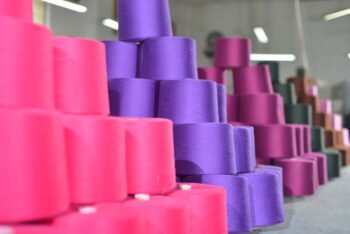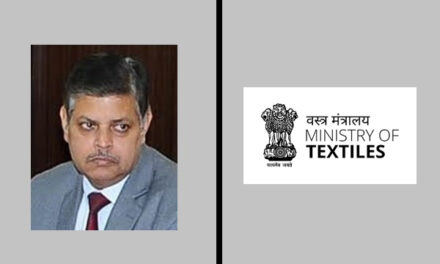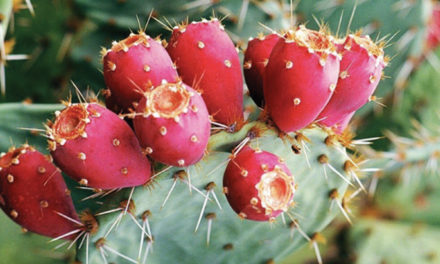 Improved yarn prices due to a sharp rebound in demand in the second half of this fiscal will help maintain the operating profitability of Indian synthetic (polyester1 and viscose2) yarn firms at nearly 10 percent this fiscal, despite the pandemic effects, according to a study of 75 CRISIL-rated spinners, accounting for close to 40 percent of the industry revenue.
Improved yarn prices due to a sharp rebound in demand in the second half of this fiscal will help maintain the operating profitability of Indian synthetic (polyester1 and viscose2) yarn firms at nearly 10 percent this fiscal, despite the pandemic effects, according to a study of 75 CRISIL-rated spinners, accounting for close to 40 percent of the industry revenue.
Prices of polyester yarn and its key input, purified terephthalic acid (PTA), fell after the onset of the pandemic. But those rebounded between September 2020 and January 2021, with the price of yarn rising faster than PTA, thus aiding profitability, CRISIL said in a report.
In fact, the spread—or the difference between the price of yarn and its raw material—rose to a three-year high of around Rs. 26 per kg in the December 2020 quarter.
On the other side, prices of viscose yarn and its raw material input have remained largely steady, supporting spreads. Although some softening in the polyester spreads is expected over the next two quarters, it is still likely to remain higher than that in the corresponding periods of last fiscal as the tide of demand continually rises. This is likely to support operating profitability next fiscal as well.
Synthetic yarn is used mostly in athletic and leisure (athleisure) wear, and home textiles. Demand from these segments went on a tailspin in the first half of the fiscal, but rebounded sharply thereafter, driven by the ‘work-from-home’ shift.
India’s athleisure market worth close to Rs. 50,000 cr and home textiles market worth Rs. 55,000 cr saw a sharp demand recovery owing to health and comfort needs, along with consumer spending on home improvement.
“Operating rates for synthetic yarn spinners are expected to be in the range of 65-70 percent this fiscal, even with strong order flows in the second half. But that should not be a concern to spinners, given that the spreads are attractive this fiscal. In fact, the low rates provide spinners enough headroom to absorb additional demand next fiscal, without immediate need to increase capacities,” says Dinesh Jain, Director, CRISIL Ratings Ltd.
Overall, the industry is expected see a contraction in volume to 5.5 mn tonne this fiscal from 6 mn tonne last fiscal. Spinners are expected to mitigate this impact by tightening their working capital cycles, with faster collections and better inventory management.
Gearing levels of synthetic spinners will be comfortable at 0.5 time this fiscal versus 0.8 time last fiscal. Further, reduced interest outgo and stable profitability will ensure interest coverage ratio remains healthy at over 4 times, aiding an improvement in credit profiles. With players expected to sustain profitability next fiscal, credit profiles should get a boost. Continued order flow from end-user segments and steep increase in raw material prices will bear watching.










